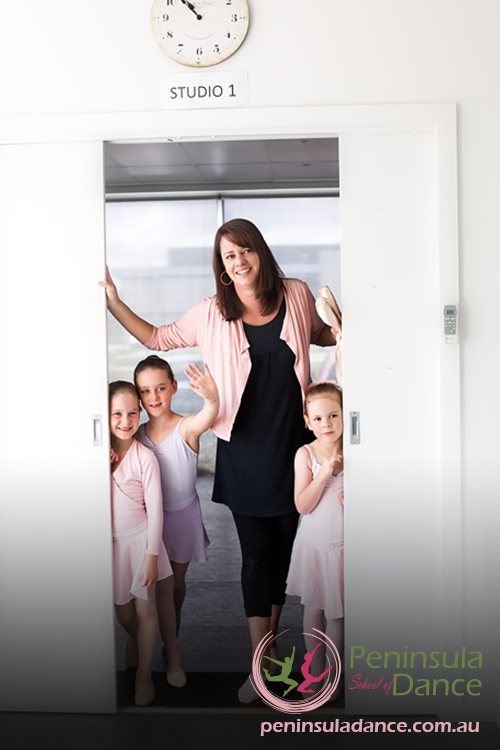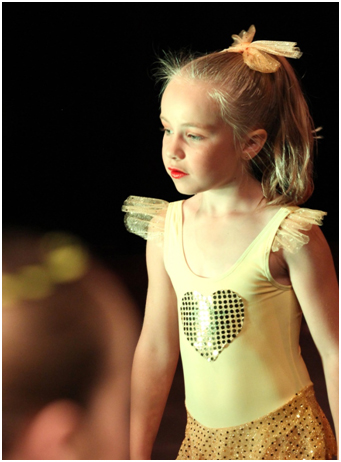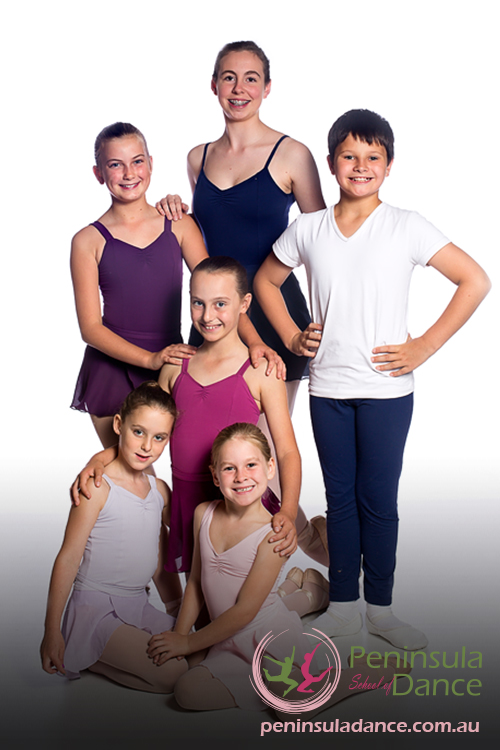There has been significant press lately regarding dance and concerns around the early sexualisation of young girls. Let me get one thing straight! I am firm believer that kids should be free to be kids. As a mum to 2 girls and a boy, and the principal of a dance studio with over 300 students, this is pretty close to my heart.
I have spent hours trawling blog posts, following campaigns like “Kids Free to be Kids” and pouring over books like Raising Girls by Steve Biddulph and What is Happening to our Girls by Maggie Hamilton.
I mourn for a time when our children were not exposed to the sexualised nature of advertising, music and social media. But things are different now, I am acutely aware of this. Simply selecting music for our Jazz & Hip Hop classes has turned into an epic process to filter out any explicit content. I am certainly very happy to get to my ballet classes where the music selection process is oh so much easier.
How dance teachers see it playing out
 Along with many fellow dance teachers I’ve watched as this music and sexualised culture has filtered through to our much-loved industry of dance for young children.
Along with many fellow dance teachers I’ve watched as this music and sexualised culture has filtered through to our much-loved industry of dance for young children.
My heart feels heavy too when I see examples of children dressed like young adults and performing choreography that really should be left to adults. Recently, this has come to the forefront with more and more community leaders, dance professionals and teachers speaking up and voicing concern over this disturbing trend.
Fantastic. Great. I am glad there is debate and discussion occurring.
But all of a sudden all dance studios are tarred with the same brush. Disturbingly the wonderful aspects of dance and the magical world of the theatre are being lumped in as part of the problem.
Dance teachers know – we are not part of the problem – a good dance teacher is part of the solution! There’s trust, mentoring, self esteem and etiquette involved. And there’s also a form of self expression that involves some old fashioned conventions.
There are traditions in the dance world revolving around image, etiquette – stage makeup & uniforms, styling etc. And a good dance teacher approaches this with sensitive and well considered management.
Why stage makeup?
As a child working towards the end of year production was the greatest thrill. Seriously my all timefavourite childhood memories. The scratchy costumes, the hot dark theatre, the smell of hairspray mingling with sweaty dancers, my best friends. Oh take me back it was the best time of my life. I feel so much joy when I see the twinkle in my student’s eyes, I know they feel exactly the same, although their costumes are nowhere near as scratchy and they now have the luxury of air conditioned theatres!
 As part of the theatrics we learnt how to apply traditional stage make up, often the older students would show us how to apply.
As part of the theatrics we learnt how to apply traditional stage make up, often the older students would show us how to apply.
This is a tradition handed from generation to generation – but there’s good reason.
Stage makeup has, and will always be that, stage make up. It is definitely not for street wear and its sole purpose is to ensure that your features can been seen from afar. The stark and strong stage lighting that hits the skin reflects and without makeup, for males and females equally, the face can appear almost ghost like. This process has nothing to do with sexualising our children and everything to do with theatrics.
The hosts of televisions shows like the evening news or Jimmy Giggle on ABC4kids do the same before each television show for the very same reasons!
Why the outfits?
I recently read an article about a dance school with no uniform. Don’t get me wrong, I am not here to knock that school or what they do. I am sure the kids are having a great time.
 What concerned me greatly was that it was upheld as the way forward for dance schools. That by having no uniforms the kids could be free and were under no pressure to look a certain way. Imagine a football team running onto the field in whatever they wanted! What purpose would that serve? How would the team know who was who, what if the attire hindered their performance?
What concerned me greatly was that it was upheld as the way forward for dance schools. That by having no uniforms the kids could be free and were under no pressure to look a certain way. Imagine a football team running onto the field in whatever they wanted! What purpose would that serve? How would the team know who was who, what if the attire hindered their performance?
It would not make sense! Swimmers wear bathers, athletes wear singlets or crop tops, gymnasts wear leotards, skiers wear ski suits, I could go on but I am sure you get the point here. Dancers, more specifically ballet and jazz dancers wear leotards, tights and appropriate ballet or jazz shoes.
It is essential to the physical activity that the dancers wear attire that supports their bodies and allows the teacher to provide feedback and correction relating to the shape, form and technique of the movements they are performing.
Dance is quite simply a visual art, and an athletic one at that.
Grooming? But isn’t that so 1950’s?
Dance carries with it traditions that are centuries old. Good grooming is one of these. Hair is to be pulled back off the face. Buns for ballet and yes boys need hair off their face as well!
One of my current male students has longer hair. He happily scrapes this back into a ponytail for me each class. He knows that hair flicking across his face is not practical when spinning across the room at a hundred miles per hour! Good grooming is both practical and it also teaches important life lessons to our children.
Holding your head high, shoulders back, hair off your face are all excellent ways all students can improve posture and presentation.
You can spot a dancer when they walk into a room for these very reasons. Think about a young adult with their shoulders stooped, hair across their face, no eye contact, as compared to a confident well groomed one.
Who would you employ? I know which I would select.
A good dancer is a great role model
That article I mentioned also spoke of a mum pulling out her 3yo from a dance school because she was “exposed” to teenage girls. It was as if they were somehow evil and to be avoided.
Honestly my heart broke when I read this.
 This mother is so misguided. If she could only see the countless studios across Australia (and beyond) where many teenage girls spend hours upon hours mentoring, supporting and acting as positive role models to the younger students. As a young girl myself I was inspired by the older dancers, I looked up to them, I used to pretend I was one of them.
This mother is so misguided. If she could only see the countless studios across Australia (and beyond) where many teenage girls spend hours upon hours mentoring, supporting and acting as positive role models to the younger students. As a young girl myself I was inspired by the older dancers, I looked up to them, I used to pretend I was one of them.
Then I was one.
I loved sharing my passion for dance with those little aspiring dancers. The skills this afforded me into my adulthood cannot be quantified; quite simply they have shaped the person I have become today.
I could give you so many examples of my student’s achievements outside of dance. I can hand on heart say that dance contributes significantly to their sense of self and confidence.
I can look you in the eye and say with certainty that this translates into many other life areas.
Dance traditions open up a world of possibility
I am all up for kids being free to be kids. I plan to keep my school free from sexualised music and choreography. But I also plan to keep up the wonderful traditions of dance and the magical world of theatre so lovingly passed to me by my predecessors.
My students will be in uniform, they will learn about stage make-up and they will be well groomed.
So that’s it, I’m off to the studio to teach my passion and hang out with some of the best young people I know.
Other related links:
I Village – Should My Daughter Dance?
